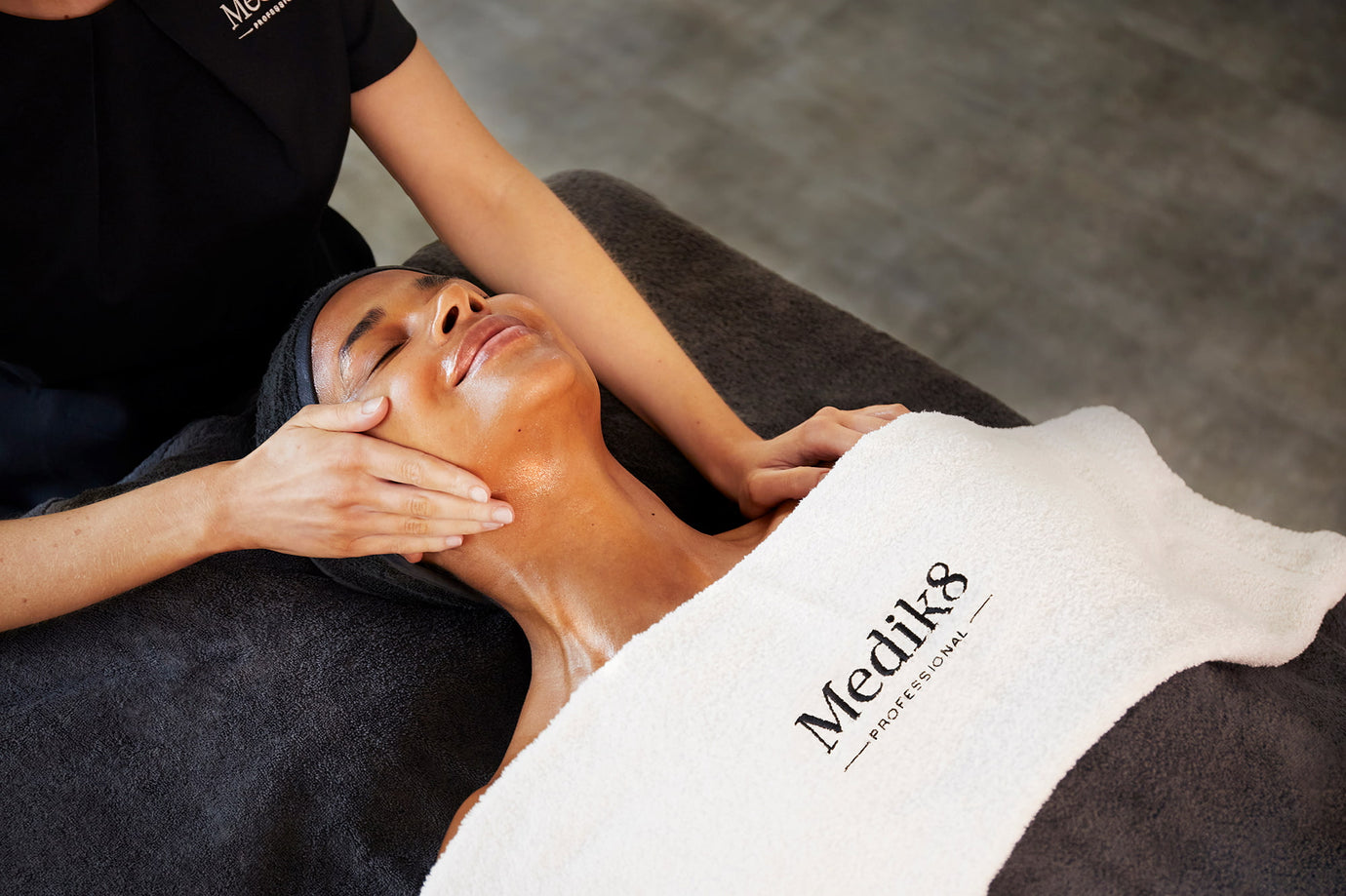How to Improve Skin Texture and Tone
Written by: Lucy Partington
Updated on: 11 April 2024
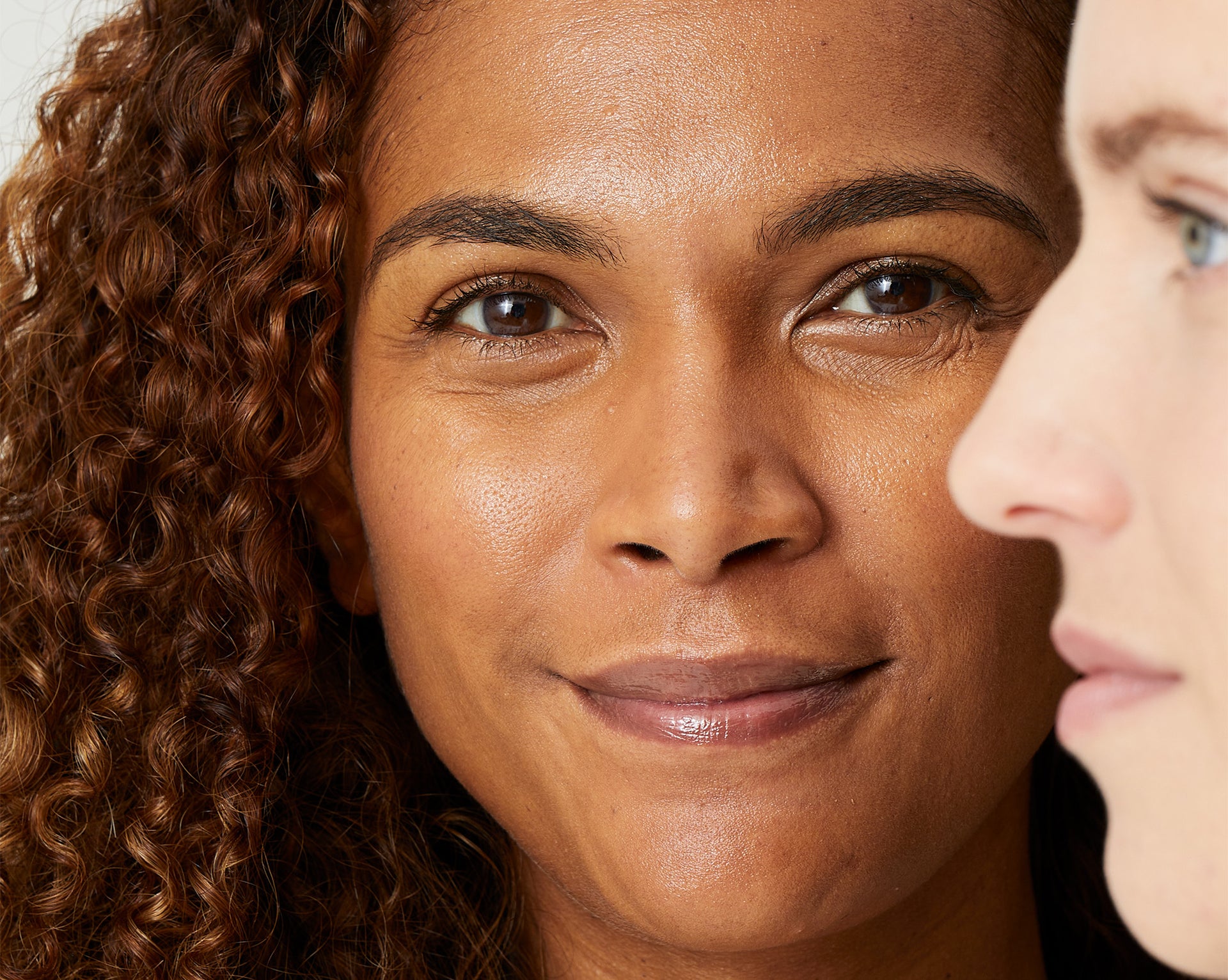
Not all skin is equal, and while some people will have a smoother skin texture, others might notice that theirs feels rough to the touch, is uneven or bumpy.
The natural variations in skin texture aren’t always a cause for concern, and it’s important to remember that those variations can arise due to a myriad of factors: genetics play a huge part, as does individual skin type, and then there’s environmental influences and lifestyle choices to consider. Plus, sun exposure levels, hormones, age and hydration levels all contribute to the diverse array of skin textures that exist – and the key to managing your own is understanding what’s causing it in the first place, and then from there you can determine what the best products to improve skin texture are.
What is textured skin?
The term ‘texture’ is defined as the feel, appearance or consistency of either a surface or a substance. When it comes to skin, texture is a word used to describe skin that may have some irregularities, roughness, bumps or unevenness. There are a few reasons why skin may be textured, and it can present itself in a variety of different ways. As a result, people will often seek out the best treatments for improving skin texture.
What are the causes of textured skin?
What are the different skin texture types?
Uneven texture can show itself in a number of different ways, including dry, flaky patches, fine lines and wrinkles, enlarged pores, congestion and dullness.
How do I restore textured skin?
Believe it or not, restoring textured skin isn’t as difficult as it may seem. The best route involves building a targeted routine that not only addresses the underlying causes of uneven texture, but that also promotes skin renewal.
Medik8 recommends
Top ingredients to help smooth skin texture and improve skin tone
The world of skincare ingredients can be overwhelming, and knowing what’s best to improve skin texture can be confusing, but we’re here to help break it down and help you discover what will be best for targeting your individual concerns.
It’s important to note that not all skincare ingredients are suitable for everybody to use all the time, and what works for somebody with enlarged pores will be different for somebody else who has fine lines and wrinkles. It’s all about taking a personalised, targeted approach, and remember that a less-is-more approach is best. If you’re confused about anything, you can reach out to our customer service team who will be able to help you.
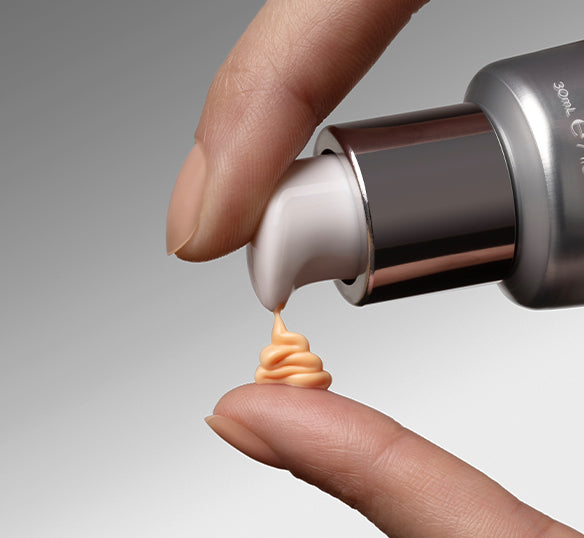
Retinoids: Retinol or Retinal
There is often some confusion about vitamin A and what it is. In short, retinol and retinal are both retinoids which are derivatives of Vitamin A. While they are both effective, there are some key differences that are worth knowing before you decide which is better for your skin.
Retinal is the best treatment for improving skin texture, especially when it comes to seeing visible results quickly, and it’s also able to improve the appearance of both brightness and hyperpigmentation. Our award-winning Crystal Retinal is available in a variety of 5 strengths, so you can work your way up for progressive visible results. It also works 11x faster*** than traditional retinol, meaning you’ll see a visible difference in your skin a lot sooner.
However, retinol has been studied a lot more than retinal (which is why we are continuously conducting our own research studies into retinal). Both help to stimulate skin cell renewal and encourage collagen production. We would only recommend using our Intelligent Retinol serums if you prefer an oil-based, liquid texture.

Alpha Hydroxy Acids (AHAs)
Alpha hydroxy acids – also known as AHAs – are a powerful ingredient that can really help improve skin texture. AHAs are chemical exfoliants that encourage skin cell turnover and increase collagen production, and they work by breaking down the bonds between dead skin cells, helping to slough them off much more easily.
Glycolic and lactic acid are the two most common forms of AHA, and regular use can lead to softer, smoother, more radiant-looking skin – but it’s important not to overuse them. However, depending how oily your skin is, you may be better using a beta hydroxy acid (BHA) instead.

Niacinamide
Also known as vitamin B3, niacinamide is a potent anti-inflammatory ingredient. Suitable for blemish-prone skin, it helps to prevent melanin production, in turn, helping to minimise visible hyperpigmentation and targeting an uneven skin tone.
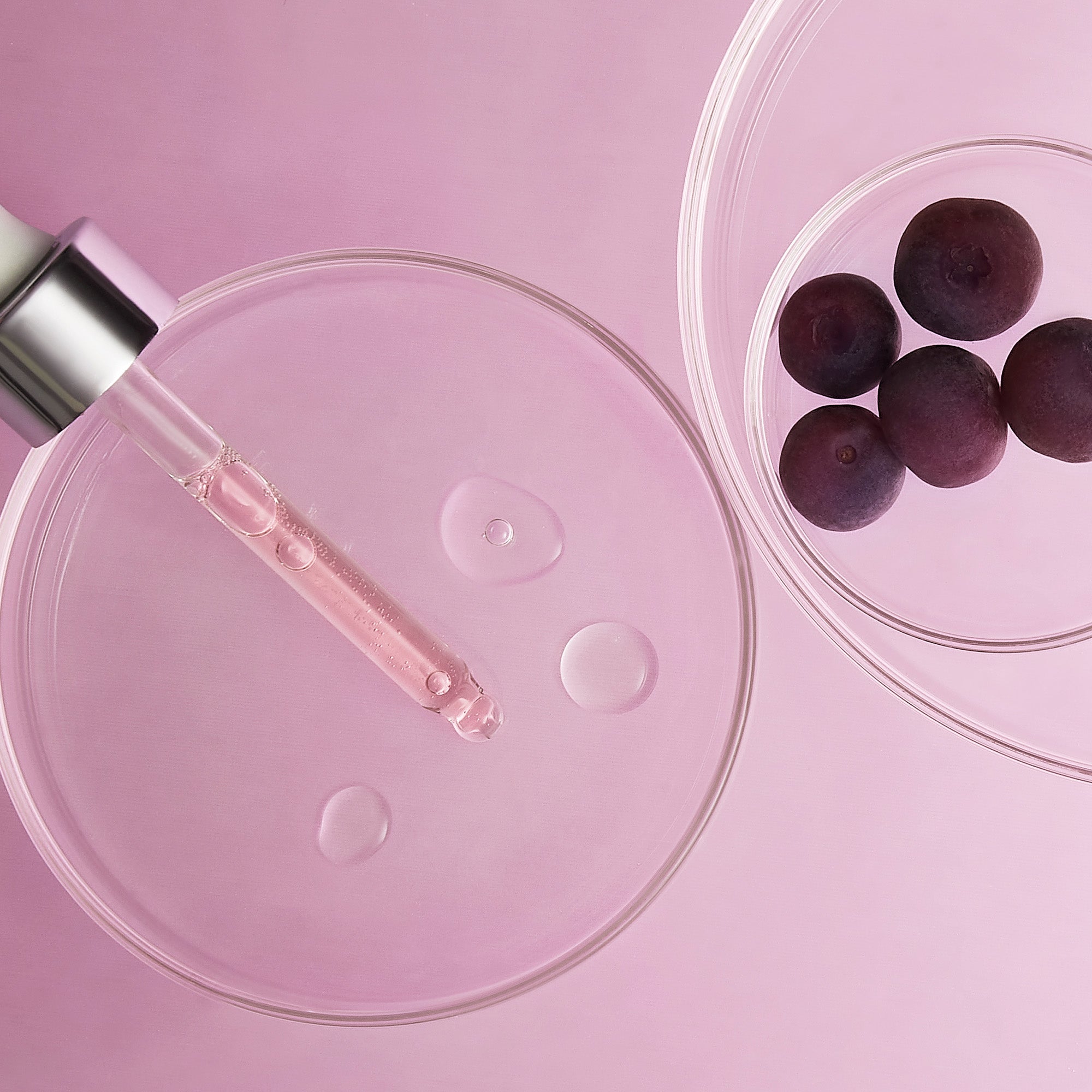
Hyaluronic acid
Hyaluronic acid is a true suits-all ingredient. It has the clever ability to attract and retain more than 1,000 times its own weight in water and it works by drawing moisture into the upper layers of the skin, leaving skin looking and feeling hydrated.
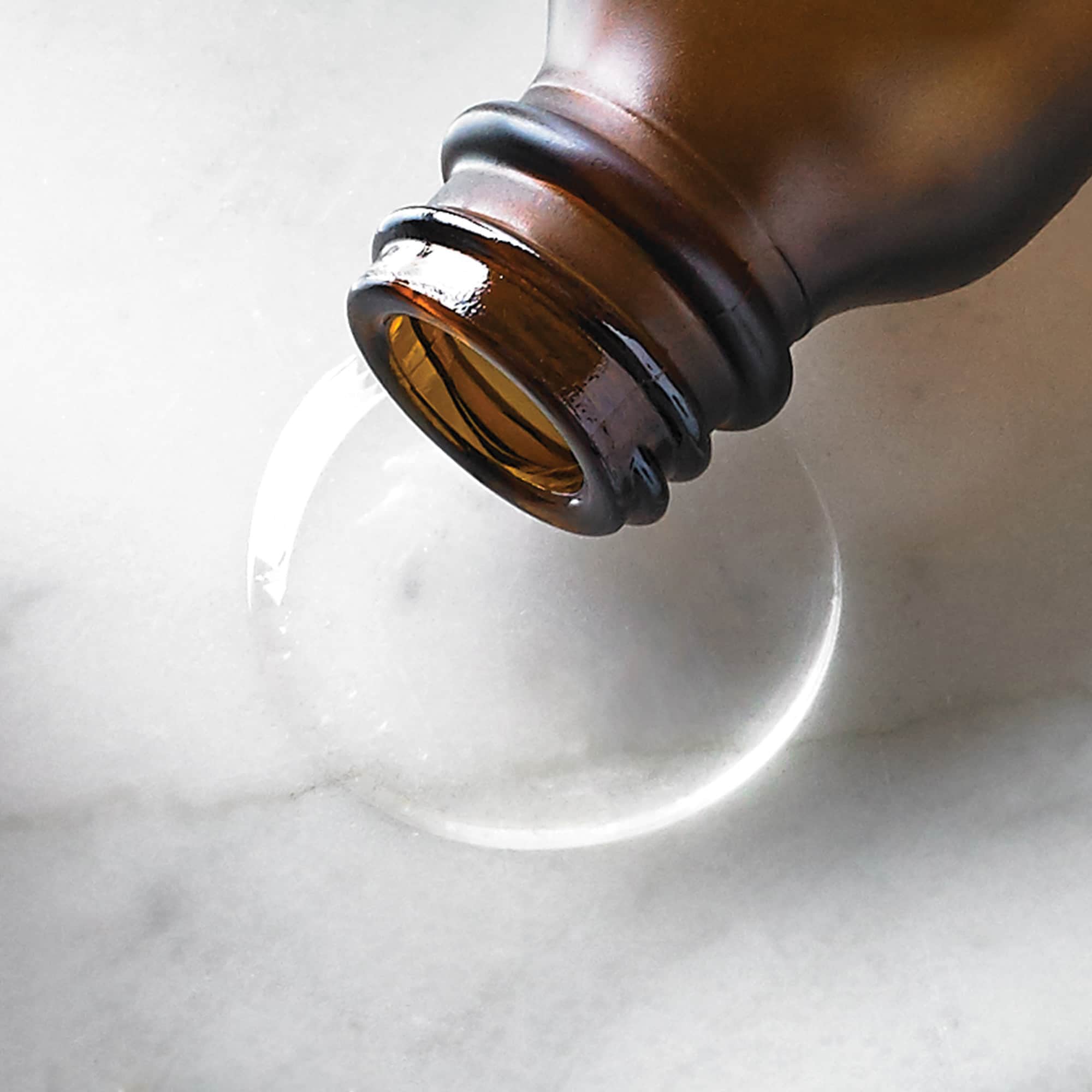
Vitamin C
Known and loved as an age-defying hero, vitamin C is a core part of the Medik8 CSA Philosophy and is therefore a must-have in any morning routine. Our products are expertly crafted using scientifically proven forms of vitamin C, and our array of products – from nourishing creams to potent serums – makes finding the right product for you easy.

Additional ingredients for textured skin
Salicylic acid: a beta hydroxy acid (BHA) that works deep inside pores, dissolving and removing excess oil, dead skin cells and debris to help unclog and prevent breakouts. It’s best for oily, blemish-prone skin types.
Ceramides: applied topically, ceramides replenish and strengthen the skin’s barrier to improve overall hydration.
Peptides: by stimulating collagen production, peptides are able to help improve skin firmness, smoothness and overall texture to reduce the appearance of fine lines, wrinkles and uneven tone.
Squalane: lightweight and non-comedogenic, squalane mimics the skin’s natural sebum to help moisturise and soften without clogging pores. It helps restore hydration, enhance elasticity and smooth the skin’s surface. It’s most suitable for those with dry skin.
FAQ's
Textured skin can occur for a myriad of reasons that include genetics, skin type, environmental factors, hormones and sun damage to list a few. Before treating textured skin, it’s best to address the root cause.
In short, yes, retinol can help to improve the skin texture. Retinol is a derivative of vitamin A, and at Medik8, we are the experts in formulating it. If you’re looking for quick, visible results, retinal is the best option because it works 11x faster than retinol.***
Yes, you can fix textured skin. The key is to understand what’s causing the texture in the first place – is it a result of fine lines and wrinkles, dry skin, or is it perhaps down to enlarged pores and acne scarring? Whatever the cause, ensure to invest in the right products for your own skin type and remember that consistency and patience are always key when it comes to targeting individual skin concerns.
The length of time that it takes to improve skin texture is very much dependent on your individual skin type and concern. If you find that your skin isn't improving after following the above guidance for a couple of months, we would always recommend speaking to a dermatologist to rule out any possible underlying issues that could be causing the issues with your skin’s texture.
Also known as vitamin B3, niacinamide is a great ingredient to help visibly improve skin texture. It has a multitude of benefits, including regulating oil production, improving the skin’s barrier function and reducing inflammation. By being able to address those issues, niacinamide can help smooth the skin’s surface, minimise the appearance of pores and improve hydration levels. It also helps to even out skin tone and texture.
Textured skin manifests in a number of ways depending on causes and individual factors. Most commonly, textured skin is rough, uneven, and bumpy. It can look dull and visibly uneven and there may be some enlarged pores and acne scars along with fine lines and wrinkles, both of which are associated with textured skin.
There are several reasons why your skin has become textured. Some of the reasons include genetics, skin type, environmental factors, ageing, skincare habits, hormonal changes, seasonal changes and some medical conditions.
While social media may have you believe that some people’s skin is smooth by nature, it is actually completely normal to have some texture. Everybody’s skin is different and has its own unique characteristics – however, it’s worth noting that the degree of texture can vary somewhat, and it can be influenced by a number of different factors. While some people may have naturally smoother, more even skin, others may have bigger pores, more roughness and some unevenness. Skin texture is common and is not often cause for concern, but the right skin care will help improve texture and its overall health.
If you stand in front of a well-lit mirror, look for areas that appear to be rough, bumpy or irregular or that have enlarged pores, acne scars, fine lines, wrinkles and dry patches. You can even run your fingers over your skin and feel for any unevenness – that will give you a good indication as to where the most problematic areas may be.
Yes, it is very common for your skin’s texture to change as you get older. Several factors can contribute to changes in texture, including decreased collagen and elastin production, reduced cell turnover, thinning of the skin, some hormonal changes and environmental damage. These changes are all part of the ageing process, but implementing a consistent skincare routine can help minimise the effects of ageing on skin texture, helping ensure it stays visibly smooth and youthful-looking.
*Proven via independent clinical study on C-Tetra Luxe conducted over 4 weeks on 36 participants
**Proven via independent clinical study on Hydr8 B5 Intense conducted over 4 weeks on 32 participants
***G. Siegenthaler et al., Retinol and retinal metabolism, Biochemical Journal, 1990, 268, pp 371-378
